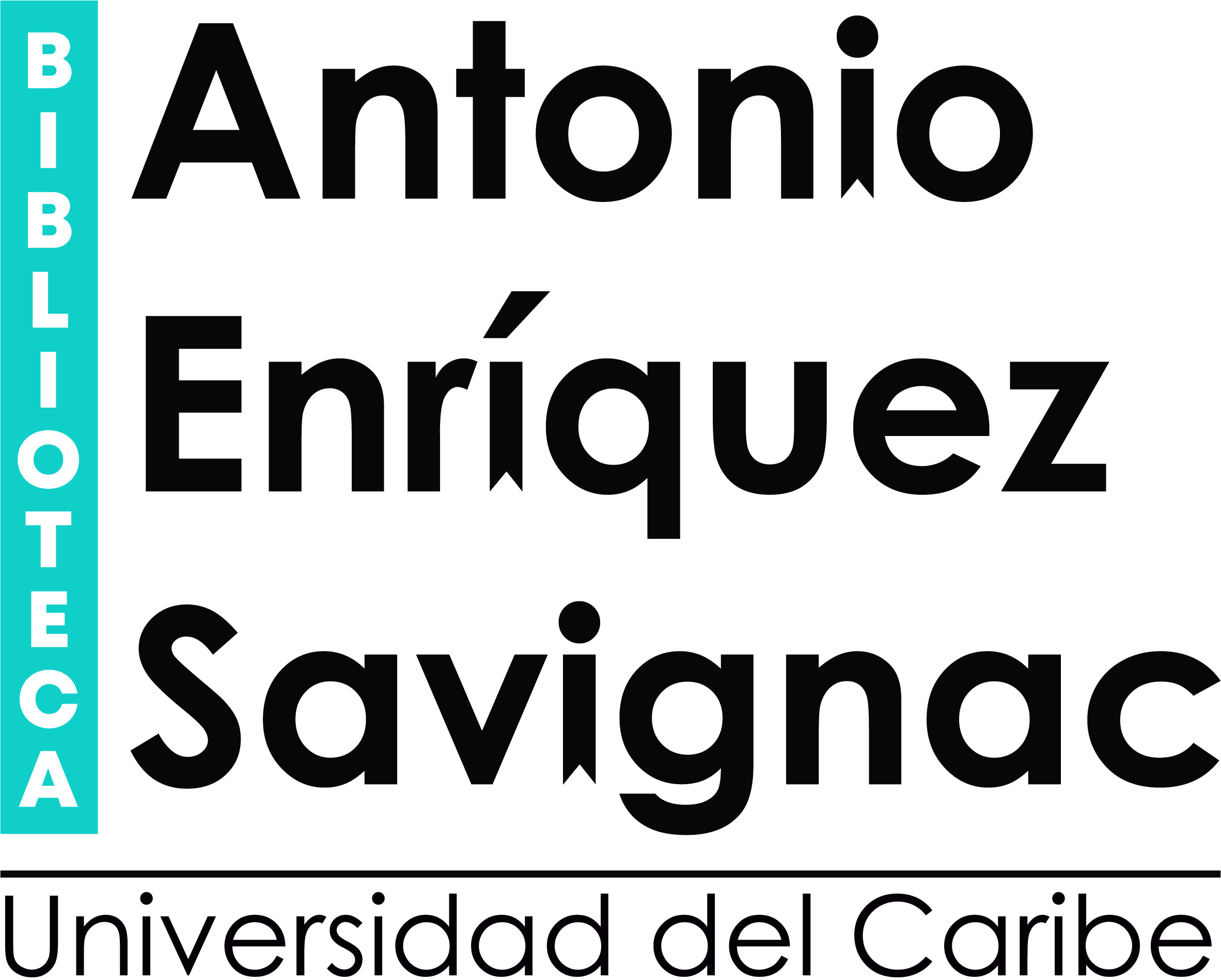SIP : understanding the Session Initiation Protocol / Alan B. Johnston.
Tipo de material: TextoSeries Artech House telecommunications libraryDetalles de publicación: Boston : Artech House, ©2009.Edición: 3a ediciónDescripción: xxix, 395 páginas : ilustraciones ; 24 x 16 centímetrosTipo de contenido:
TextoSeries Artech House telecommunications libraryDetalles de publicación: Boston : Artech House, ©2009.Edición: 3a ediciónDescripción: xxix, 395 páginas : ilustraciones ; 24 x 16 centímetrosTipo de contenido: - texto
- sin medio
- volumen
- 9781607839958
- TK 5105 .55 J72 2009
| Tipo de ítem | Biblioteca actual | Biblioteca de origen | Colección | Signatura topográfica | Copia número | Estado | Notas | Fecha de vencimiento | Código de barras | Reserva de ítems | |
|---|---|---|---|---|---|---|---|---|---|---|---|
 Libros para consulta en sala
Libros para consulta en sala
|
Biblioteca Antonio Enriquez Savignac | Biblioteca Antonio Enriquez Savignac | COLECCIÓN RESERVA | TK 5105 .55 J72 2009 (Navegar estantería(Abre debajo)) | 1 | No para préstamo | Ing. Telematica | 036448 |
Incluye bibliografía al final de cada capítulo e indice
SIP and the Internet -- Introduction to SIP -- SIP clients and servers -- SIP request messages -- SIP response messages -- SIP header fields -- Wireless, mobility, and IMS -- Presence and instant messaging -- Services in SIP -- Network address translation -- Related protocols -- Media transport -- Negotiating media sessions -- SIP security -- Peer-to-peer SIP -- Call Flow Examples -- Future directions
" Now in its third edition, the ground-breaking Artech House bestseller SIP: Understanding the Session Initiation Protocol offers you the most comprehensive and current understanding of this revolutionary protocol for call signaling and IP Telephony. The third edition has been significantly expanded with brand new chapters on NAT traversal, SIP security, services in SIP, presence and instant messaging, Peer-to-Peer SIP, and an introduction to ABNF and XML. This cutting-edge book shows you how SIP provides a highly-scalable and cost-effective way to offer new and exciting telecommunication feature sets, helping you design your next generation network and develop new applications and software stacks. Other key discussions include SIP as a key component in the Internet multimedia conferencing architecture, request and response messages, devices in a typical network, types of servers, SIP headers, comparisons with existing signaling protocols including H.323, related protocols SDP (Session Description Protocol) and RTP (Real-time Transport Protocol), and the future direction of SIP. Detailed call flow diagrams illustrate how this technology works with other protocols such as H.323 and ISUP. Moreover, this book covers SIP RFC 3261 and the complete set of SIP extension RFCs." P. Web Editorial
Fondos PIFI

